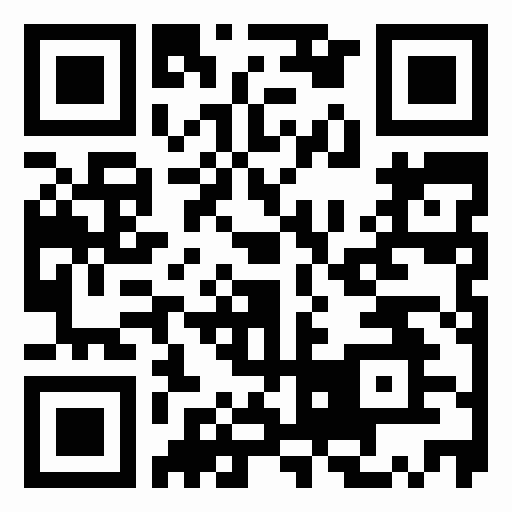Development of A Prototype of A «Smart Ward» As an Element of a Digital Polyclinic
A.T. Orsaeva1, L.A. Tamrieva1, A.E. Mischvelov2*, S.S. Osadchiy2, G.V. Osipchuk3, S.N. Povetkin4, A. N. Simonov5
|
|
|
ABSTRACT
In Russia, smart wards are not used in ordinary clinics and hospitals, since ready-made solutions in this area are expensive and need special equipment and retraining of specialists serving a smart ward. Unfortunately, only private clinics in Russia can afford to purchase smart wards that are currently on the market. The created prototype of a smart ward will allow for the first time in the North Caucasus Federal District to implement network monitoring of a patient using various physiological sensors (real-time monitoring on a medical tablet or a doctor's computer), two-way communication with medical personnel using a mobile telemedicine diagnostic complex and automatic control of the environment. The medical information system will serve to manage the smart ward and monitor patients in a real time, and the software will be created that will allow the doctor to monitor the condition of patients using medical tablets or stationary computers.
Keywords: Smart ward, robot nurse, medical expert system, neural networks, United medical database
Introduction
The software that allows the doctor to monitor the condition of patients using medical tablets or stationary computers will also be created. A mobile telemedicine diagnostic complex will be developed, which can be installed not only in clinics and hospitals, but also in medical centers (schools, universities, various companies, clinics in sparsely populated areas), and even be located at the patient's home. This complex will help the patient not only provide feedback to the doctor but also allow for examinations and patient monitoring.
To date, Russia has a fairly limited supply of intelligent technologies for medicine [1-3].
Medical errors occur at various stages of diagnosis [4]. Modern humanity has accumulated a tremendous amount of medical knowledge, which, unfortunately, is not fully used in the clinical practice of a doctor [5, 6]. Effective implementation of knowledge is accompanied by the need to process huge amounts of data, which is beyond the human capacity to adequately analyze and evaluate the collected data [7]. This is the main reason for medical errors and delays in the transition of medicine to a qualitatively new level – personalized medicine [8-11].
In this regard, the development of expert decision support systems inevitably becomes an urgent task within the framework of national health informatization programs.
The purpose is to create a prototype of a smart ward that allows implementing network monitoring of a patient using physiological sensors (real-time monitoring on a doctor's medical tablet), two-way communication with medical staff using a mobile telemedicine diagnostic system, as well as automatic environmental management. Development of a medical information system to manage the smart room and monitor patients in real time and software that will allow the doctor to monitor the condition of patients using medical tablets or stationary computers.
The smart ward prototype being developed can be used in medical institutions (day and permanent hospital wards, intensive care wards). It is possible to install a mobile system in small medical centers and at the patient’s home. The Smart Room is designed to improve patient comfort in the hospital, improve the quality of medical services, monitor patients in real time, notify patients about the time of medication intake, automate the call of medical personnel and remotely diagnose diseases using telemedicine technologies.
The purpose of the scientific and technical product is the smart chamber, which is intended for use in medical centers, hospitals, and clinics. The implementation of the project will allow developing a prototype of a smart ward that allows for network monitoring of the patient (real-time monitoring on a doctor's medical tablet), two-way communication with medical staff using a mobile telemedicine diagnostic complex, and automatic environmental management [4]. Besides, the developed medical information system will allow patients to manage the smart room, and the doctor to monitor patients in real time, in other words, to monitor the condition of patients on a medical tablet or computer.
Materials and Methods
The project will develop a mobile telemedicine diagnostic system that can be installed not only in clinics and hospitals but also in medical centers (schools, universities, various companies, clinics in sparsely populated areas (villages, towns), as well as be located at the patient's home for monitoring (communication with the doctor) and diagnostics [12-14].
Creating decision support systems, expert systems, and knowledge bases to speed up and increase the accuracy of diagnosis.
Use of a doctor's automated workplace (AWP), where a personal computer will be installed, allows access to and work with information medical databases. The AWP will act as an intelligent physician assistant, using intelligent systems that include medical expert ones, so the PC acts not only as a means of storing and outputting the necessary information but also takes on many functions assigned to a person previously (for example, issuing prescriptions with automatic drug compatibility check, and assistance in making a diagnosis) [15].
Hippocratic system (Figure 1) with any medical information system, analyzes electronic medical records of patients in the background, without requiring physician control. The knowledge base filling in the profile area has begun, which is carried out quite easily and quickly with the help of a special platform. In less than 1 working day, with the help of one expert doctor, it is possible to model risk factors on average up to 5 nosologies (more than 400 weight links).
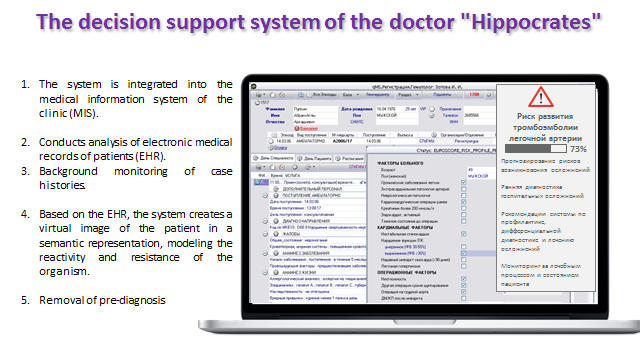
Figure 1 – The decision support system of the doctor “Hippocrates”
Several variants of mathematical models for multi-factor risk analysis were tested. The most accurate method is selected for use in predictive analytics algorithms of the expert system.
Prediction of risks of intra- and postoperative complications:
Based on the collected personal characteristics of each patient under study, the system forms his/her image within UMKB. This simulates the reactivity and resistance of a particular organism. Then, based on the input, the system generates probable hypotheses (for example, possible diseases or pathological processes) and triggers them in the virtual "organism" [16-19]. The test processes develop by a chain reaction, exciting probable pathological signs, the dynamics of which are compared with the real data of the patient (Figure 2).
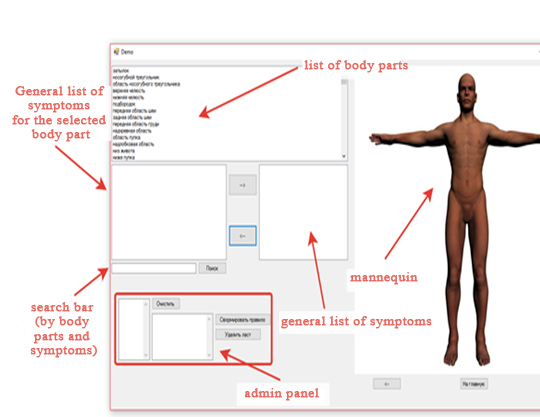
Figure 2 – Screenshot of the system panel
The system monitoring module ("tester") generates information on how the system received the solution of the problem with detailed visualization of intermediate stages.
Study results
Analogs of the project planned for development are "Smart Ward" in the private clinic "Medicine" in Moscow and "Smart Ward," located in the hospital in Yekaterinburg. Most of the capabilities of the "Smart Ward" clinic "Medicine" allow to perform a standard set of functions: - a special monitor for managing the smart ward and entering the personal office; - feedback from the doctor; - ordering food in the ward; - managing climate control in the smart ward (the temperature is set centrally); - calling the nurse with an alarm button; - television and multimedia; - diagnostic equipment. In the "Smart Ward" in Yekaterinburg hospital, which is equipped with a Wi-Fi connection, it is possible to take physiological data using patient monitors, and there is an SMS informing the doctor. In Europe and the USA, similar systems are used in hospitals, clinics, and medical centers, like regular wards in hospitals [20-22].
The prototype of the smart chamber will differ from its counterparts in additional innovative features:
Market research and analysis of the smart chamber analogs in Russia and the world were carried out. Development of the architecture of medical software and an automatic control system for the smart ward, a prototype of the smart ward was created (Figures 3,4).
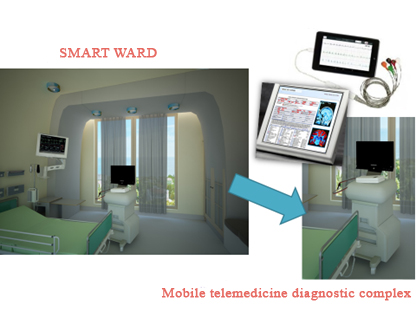
Figure 3 – Mobile telemedicine diagnostic complex
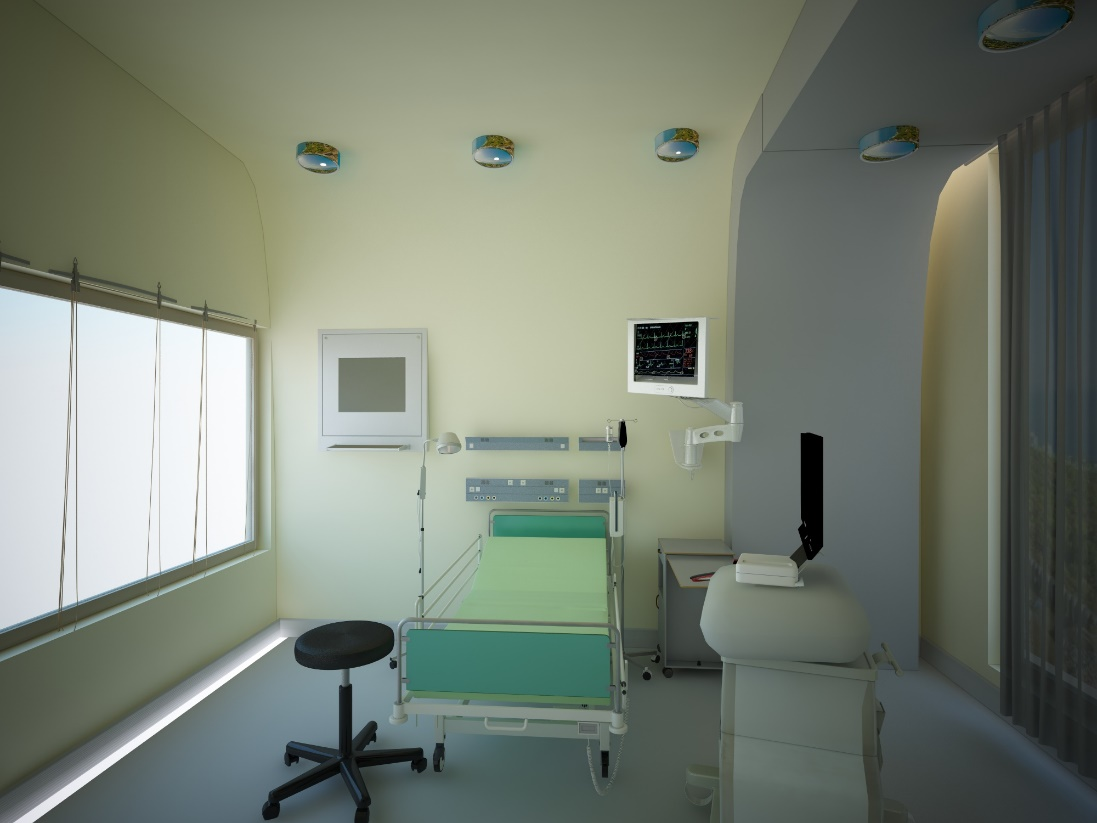
Figure 4 –Sample of the Smart Ward
Conclusions
It is planned to study the effectiveness of the smart chamber complex and the feasibility of its installation in various conditions.
The use of automated systems in telemedicine is relevant (provision of medical services where distance is a critical factor). Modern tablets and smartphones are able to meet the needs of medical institutions in the virtualization of work. This will make it possible to save a lot of money and other resources (a full transition to virtual computing will reduce the time spent on solving less important tasks), to monitor on-line the vital indicators of patients. Data on the population in a certain area will allow medical workers to provide timely medical care to patients with chronic diseases. The installation of the system in medical rooms and at home to the patient will allow consulting through mobile telemedicine diagnostic devices, which will significantly reduce the need for calling an ambulance and reduce the number of visits to the doctor.
The expert system will allow obtaining medical recommendations and logical conclusions even when the algorithm for solving the problem is unknown, and, if it is necessary, explain the reasons for making decisions and recommendations in a language understandable to the user.
References
